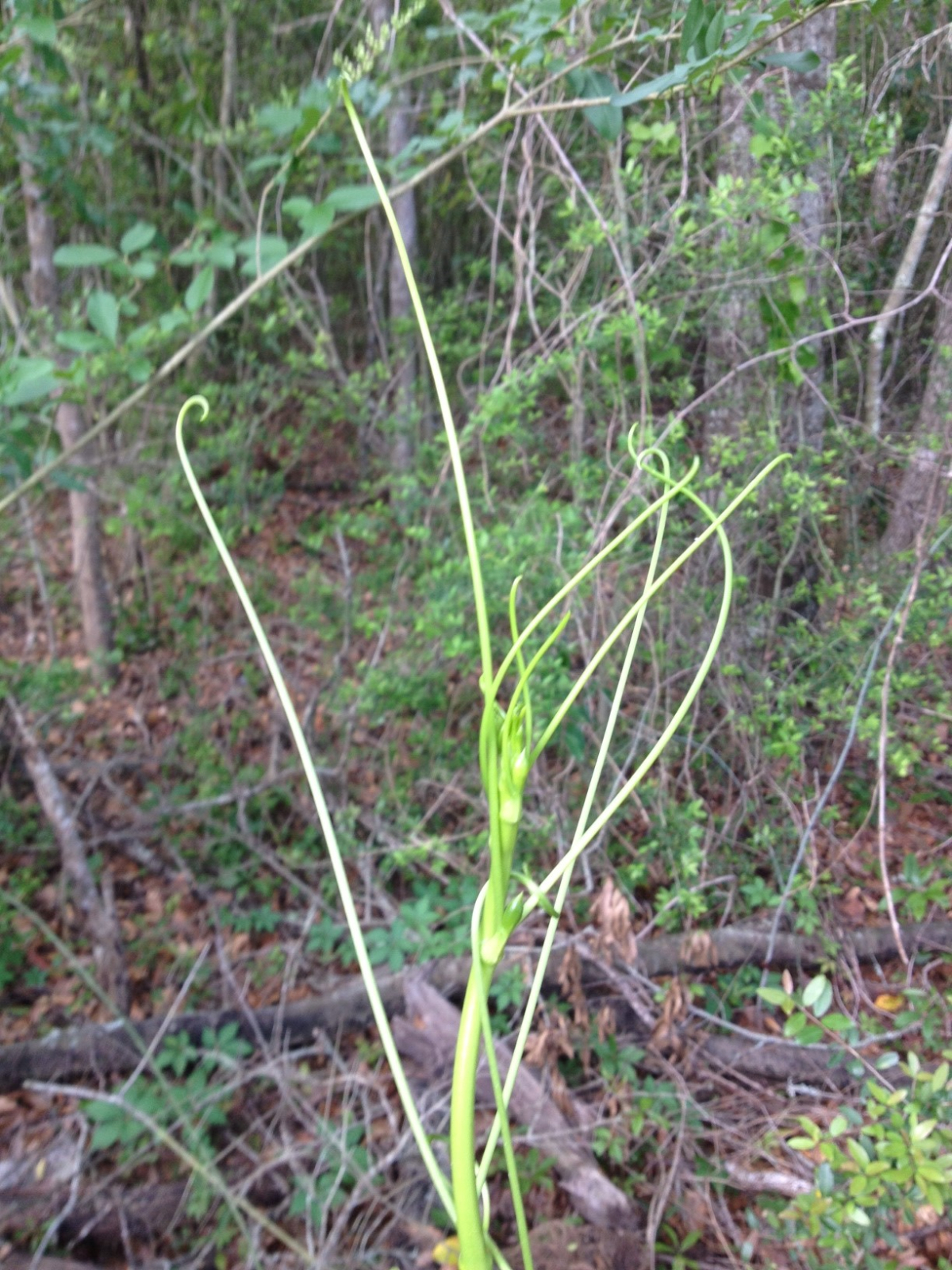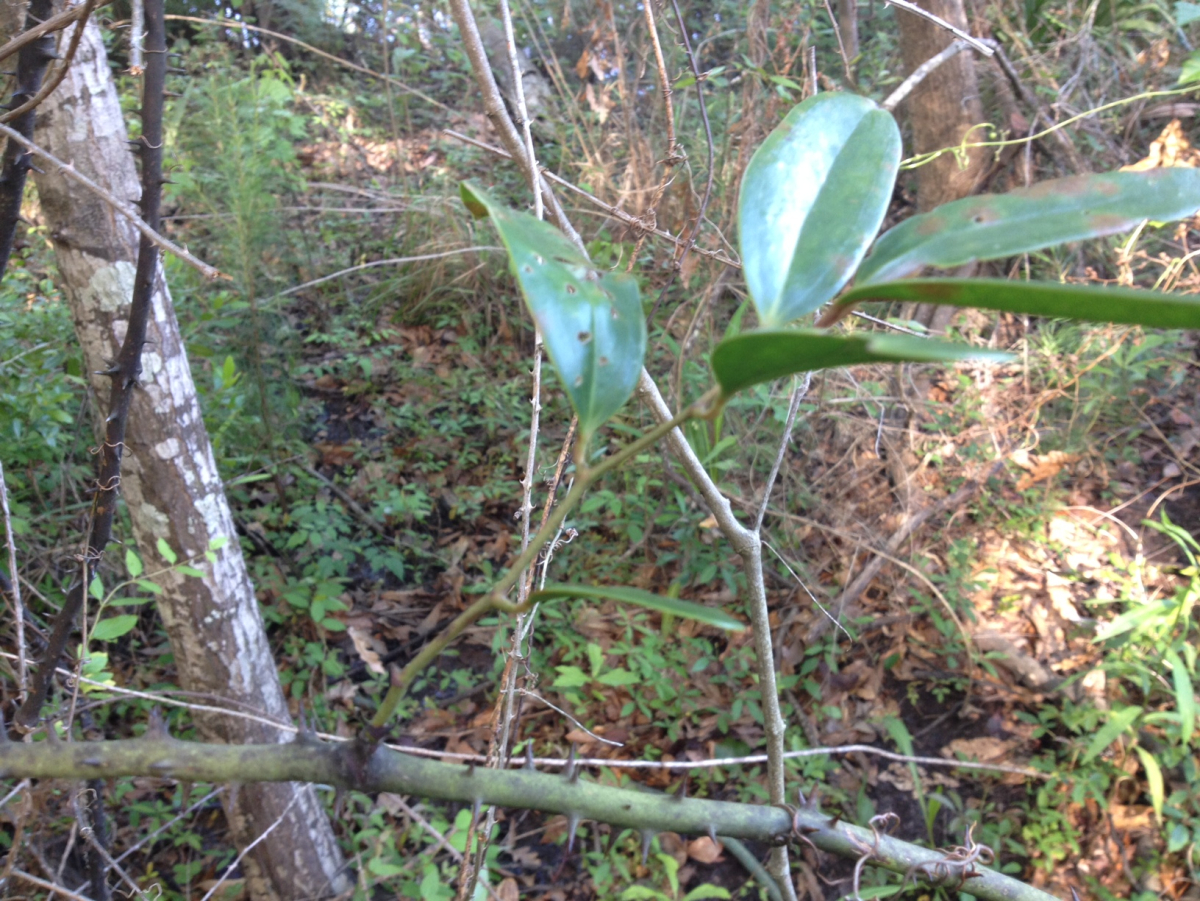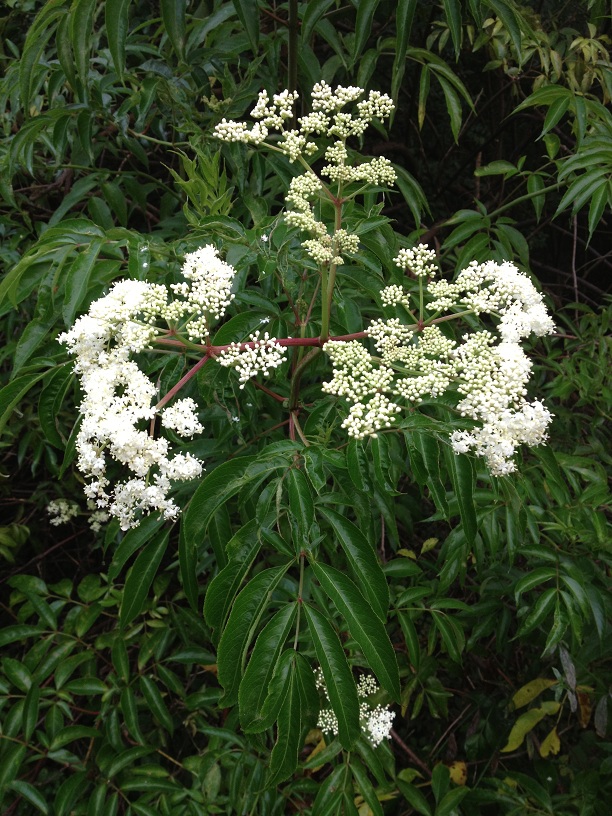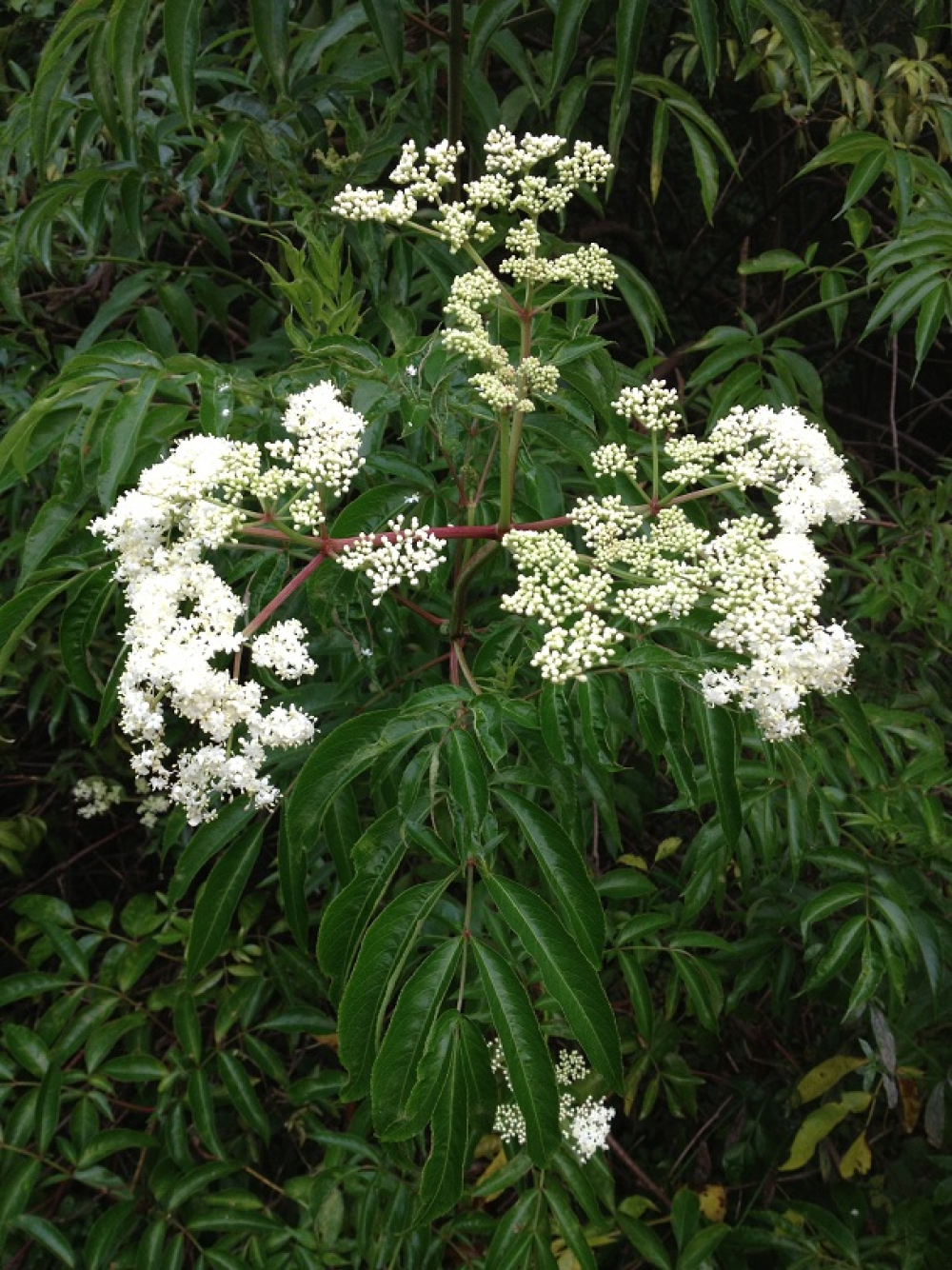Dr. Mark LaSalle is the Director of the Pascagoula River Audubon Center in Moss Point, Mississippi. Located on the Pascagoula River, the Center provides a gateway to what is widely recognized as one of the last, large unimpeded river systems in the contiguous United States. The Center is a key attraction for the growing ecotourism industry on the Gulf Coast. As an estuarine ecologist, Dr. LaSalle conducts and coordinates environmental education programs for youth, teachers, volunteers and the public focusing on coastal wetland biology and ecology, coastal habitat creation and restoration, and watershed issues including impacts of human activities
Back in 1974, the writer and natural food enthusiast Euell Gibbons famously asked the question “Ever eat a pine tree?”. As a young Boy Scout that spent many a night camping and roaming the fields and woods around my hometown in southwest Louisiana, that question did more than get my attention. It inspired me to try even more of the wonderful “wild” foods that are all around us. As a young boy, I was well aware of the variety of wild foods that were available everywhere you cared to look and tried a number of them, along with the homegrown vegetables from our garden. Among the favorites of my parents, brother and five sisters was the spring harvest of dewberries that my father scouted out from the vantage point of his big truck as he worked the area’s roads. We knew it was time to grab the buckets and head out the door when he arrived with his hat full of sweet, juicy berries! We still pause, close our eyes, and thank “Paw Paw Salle” as we bite into the first berry of the season – a tradition we have passed on to our children and grandkids. YES, there are MANY thorns among those “briars”, but the reward is more than worth it!
The facts are that there are so many more delightful natural foods growing just outside our doors, even in urban settings. Over the past decade or two, we have either forgotten that they are still there for the taking or have been encouraged not to eat them for any number of reasons. Oh how times do change! A resurgence of “back to nature” or “eating healthy” efforts are popping up everywhere, no less so than in Mississippi. Working with the non-profit Real Foods Gulf Coast that promotes locally grown or produced foods, the Pascagoula River Audubon Center has held wild food feasts over the past few years. This year’s efforts are part of the Let the River Feed Us program, sponsored through a grant from the Mississippi Arts Commission, that continues the effort to educate people about what our ancestors new well – that here are many tasty and nutritious natural foods out there, even in your backyard.
The recently held wild food event included use of some of the more obvious wild foods like shrimp, fish and wild game, but also introduced diners to some of the less known fares out there, including two of my favorites, Greenbrier and Elderberry. Greenbrier or Catbrier is a common vine across the south that is often the bane of homeowners that work hard to rid this “thorny” and “vicious” vine from their yards. In the spring, however, the young tender shoots make a delightful treat, eaten raw or steamed and eaten with a little butter and seasonings. The flowers or ripe berries of Elderberry can be turned into a pleasantly sweet “cordial” with very little effort that can be enjoyed year round. Speaking or seasons, there are few times of the year when you cannot find something “green” out there to eat and enjoy on a regular basis.
So stay tuned for more reports to come about the “wild treats” that can be enjoyed from your yard and wild places. In the meantime, you can literally take a page from our friend Euell Gibbons by reading his book entitled “Stalking the Wild Asparagus" (1962), including a taste of a pine tree.



Elderberry Flower Cordial
Ingredients:
• 20 elderflower heads*
• 1 sliced lemon
• 2 teaspoons citric acid (found in powder form in the canning section of your grocery store)
• 7 cups sugar
• 5 cups boiling water
Method:
• Boil water.
• Fill a large bowl with all other ingredients (salad bowl works well)
• Pour the water over ingredients and stir until the sugar has dissolved. Cover with a dishtowel and let stand.
• Stir twice a day for five days.
• Strain though a fine sieve or cloth and decant into sterile bottles or other sealable container.
• Refrigerate or freeze for later use.
To serve, dilute with 5 parts water or to taste. Sparkling water adds a refreshing twist. Best to drink within 2 weeks fresh, or after thawing.
* Cut flowers from the main stems that hold the flower heads together. Small flower head stems are fine. Avoid leaves and main stems that are mildly toxic.
Resources
Links
Pascagoula River Audubon Center http://pascagoulariver.audubon.org/
Links
Real Food Gulf Coast http://www.realfoodgulfcoast.org/Real_Food_Gulf_Coast/Home_Page.html

